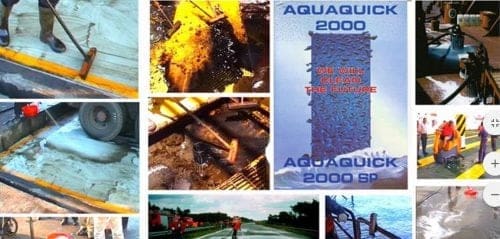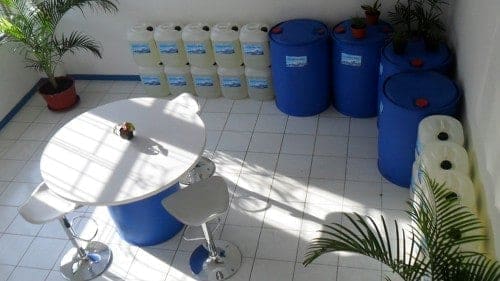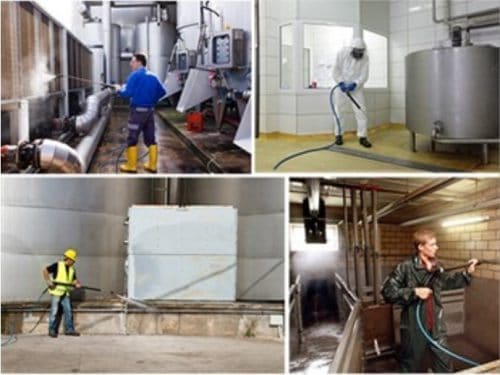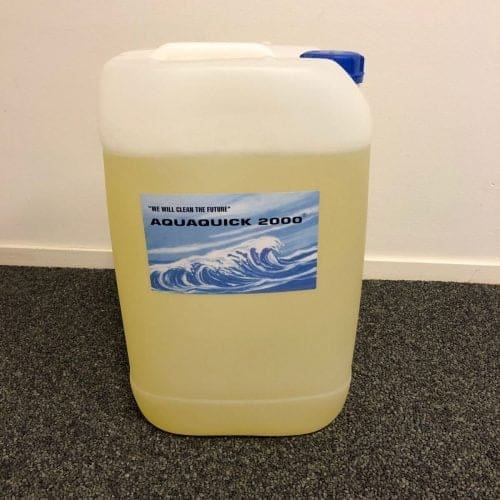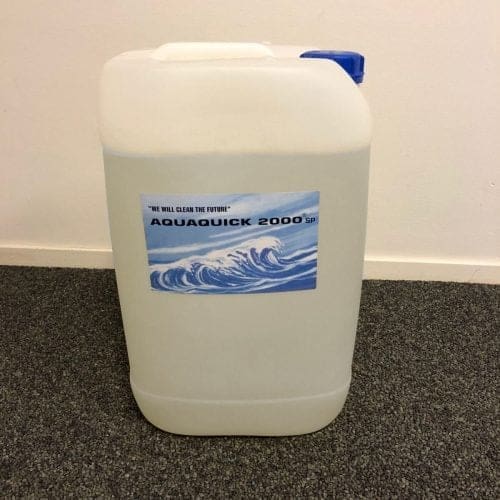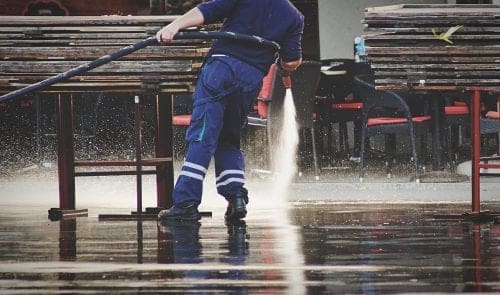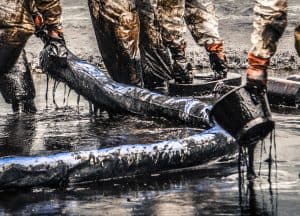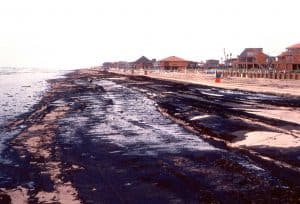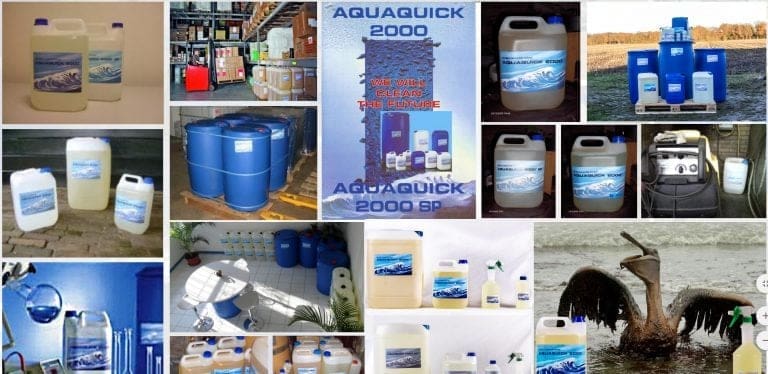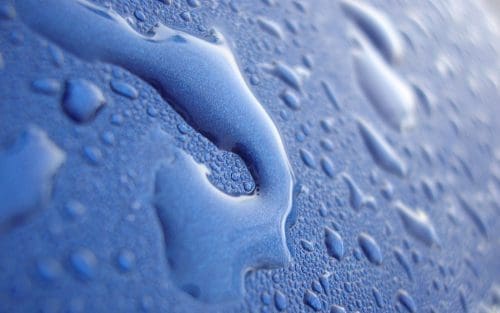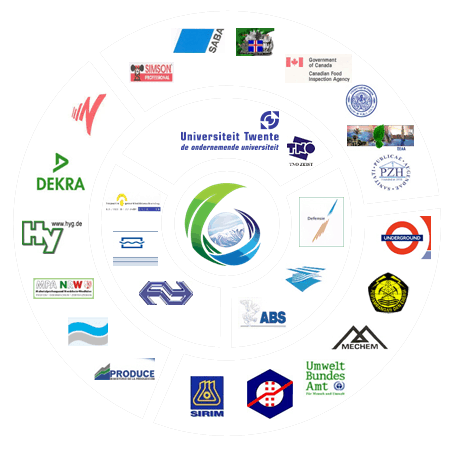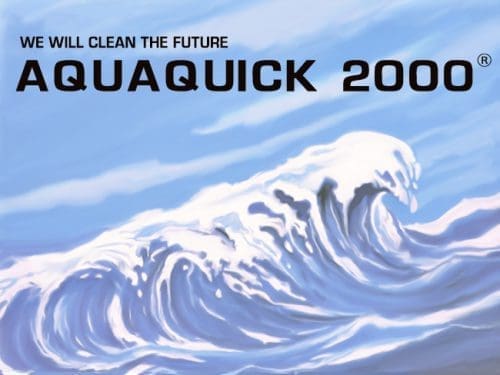Pembersihan tangki industri sangat penting untuk menjaga kinerja dan keamanan unit penyimpanan besar, seperti yang digunakan di kilang minyak, pabrik kimia, dan fasilitas pengolahan makanan. Seiring waktu, tangki industri menumpuk lumpur, sedimen, dan bahkan bahan kimia berbahaya, yang dapat berdampak negatif terhadap kualitas produk, efisiensi peralatan, dan keselamatan operasional. Pembersihan tangki industri secara teratur sangat penting untuk mencegah masalah ini dan memastikan kelancaran operasional.
Mengapa Pembersihan Tangki Industri Sangat Penting
Tangki industri sering digunakan untuk menyimpan bahan yang mudah menguap, bahan kimia, atau bahan bakar. Ketika bahan-bahan ini terurai seiring waktu, mereka menghasilkan lumpur, residu minyak, dan kontaminan lainnya. Tanpa pembersihan tangki industri secara teratur, kontaminan ini dapat menyebabkan kerusakan parah pada struktur internal tangki, mempengaruhi produk yang disimpan, dan meningkatkan risiko reaksi kimia atau tumpahan.
Berikut adalah alasan utama mengapa pembersihan tangki industri harus diprioritaskan:
- Mencegah korosi dan karat
- Menjaga integritas produk
- Meningkatkan keselamatan operasional
- Mematuhi peraturan lingkungan dan keselamatan
Metode Pembersihan Tangki Industri
Ada berbagai metode yang tersedia untuk membersihkan tangki industri, tergantung pada ukuran, isi, dan tingkat kontaminasi. Metode-metode ini berkisar dari tenaga kerja manual hingga sistem pembersihan otomatis.
1. Pembersihan Manual
Metode ini melibatkan pekerja yang secara fisik memasuki tangki untuk menggosok permukaan, membuang lumpur, dan membersihkan kotoran. Metode ini padat karya dan biasanya digunakan untuk tangki yang lebih kecil atau ketika akses ke sistem pembersihan otomatis tidak tersedia.
2. Pembersihan Tekanan Tinggi
Jet air bertekanan tinggi biasanya digunakan untuk pembersihan tangki industri untuk mengurai lumpur dan residu yang membandel. Metode ini dapat mencapai tekanan yang lebih tinggi hingga 3500 PSI tanpa merusak lapisan tangki, sehingga ideal untuk operasi skala besar.
3. Sistem Pembersihan Otomatis
Sistem seperti metode Butterworth menggunakan nozel atau penyiram yang berputar untuk mendistribusikan bahan pembersih secara merata di dalam tangki. Sistem ini mengurangi kebutuhan tenaga kerja manual dan memastikan pembersihan yang lebih menyeluruh.
AQUAQUICK 2000: Pembersih Ideal untuk Tangki Industri
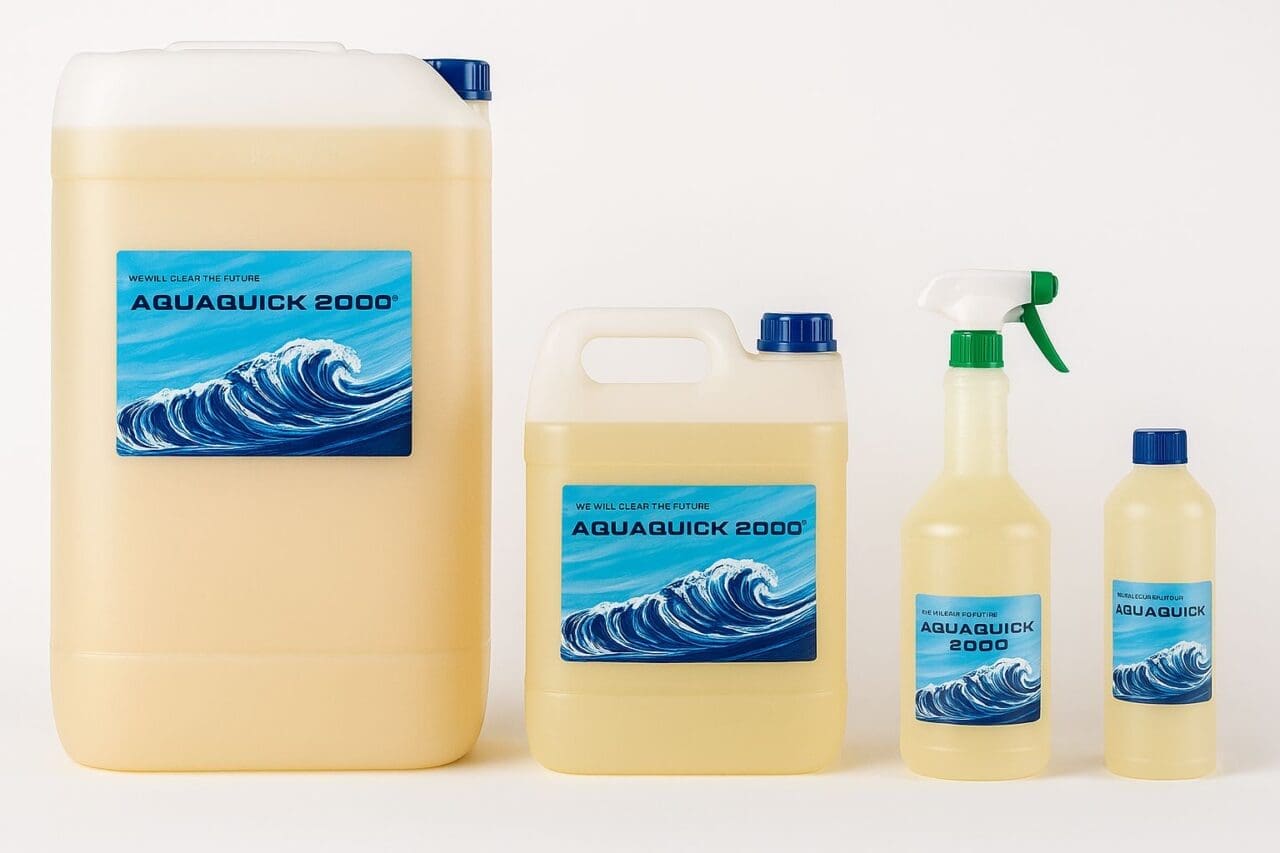
AQUAQUICK 2000 adalah solusi unggul untuk pembersihan tangki industri karena sifat degassing dan pembersihan lumpurnya yang kuat. Tidak seperti bahan pembersih tradisional, AQUAQUICK 2000 dapat mengurai lumpur, minyak, dan limbah yang kental dengan menggunakan panas dan tekanan, menjadikannya produk yang sempurna untuk lingkungan industri yang sulit.
Keserbagunaan dari AQUAQUICK 2000 sangat luar biasa. Baik Anda menggunakan pengaliran bertekanan tinggi, penyiram otomatis, atau penggosokan manual, AQUAQUICK 2000 dapat digunakan bersama dengan metode-metode ini untuk meningkatkan efisiensi pembersihan. Aman untuk pelapis tangki dan tidak akan merusak struktur internal, menjadikannya pilihan yang andal dan ramah lingkungan.
Cara Kerja AQUAQUICK 2000
AQUAQUICK 2000 menggunakan sistem untuk mendistribusikan pembersih secara merata, mengurai lumpur yang paling sulit dengan jumlah panas dan tekanan yang tepat. Solusi ini membantu mengurangi gas dan limbah beracun dengan cara yang hemat biaya dan aman untuk semua jenis tangki. Selain itu, formula AQUAQUICK 2000 yang ramah terhadap lapisan memastikan bahwa produk ini tidak merusak tangki atau permukaannya, sehingga menjaga integritasnya untuk waktu yang lebih lama.
Kesimpulan
Pembersihan tangki industri adalah praktik penting bagi industri yang berurusan dengan bahan berbahaya, bahan bakar, atau bahan kimia. Menggunakan metode dan bahan pembersih yang tepat seperti AQUAQUICK 2000 dapat membantu memperpanjang masa pakai tangki, mencegah kecelakaan berbahaya, dan memastikan kepatuhan terhadap peraturan. Baik Anda mengelola kilang, pabrik kimia, atau operasi industri lainnya, AQUAQUICK 2000 menawarkan solusi yang paling efisien, aman, dan hemat biaya untuk kebutuhan pembersihan tangki Anda.

